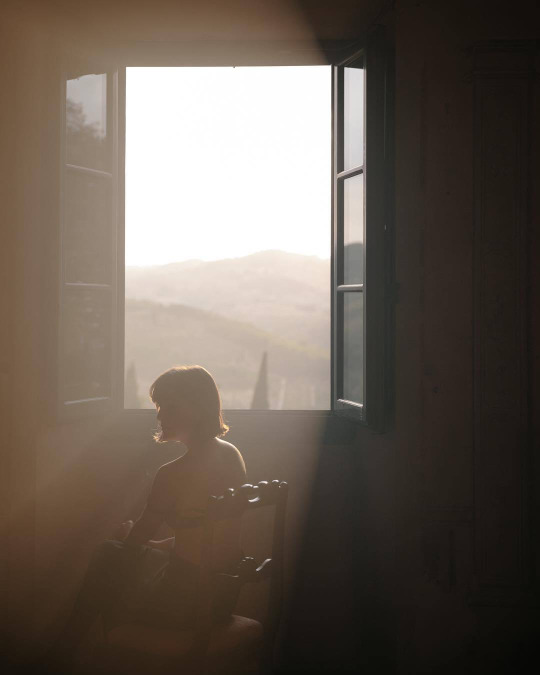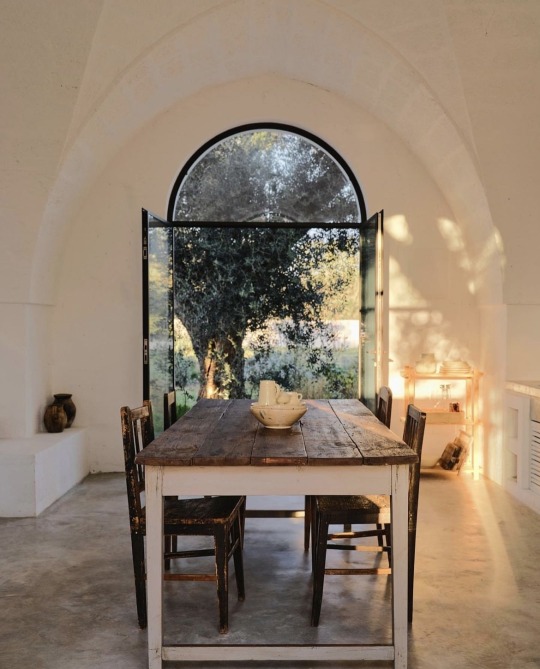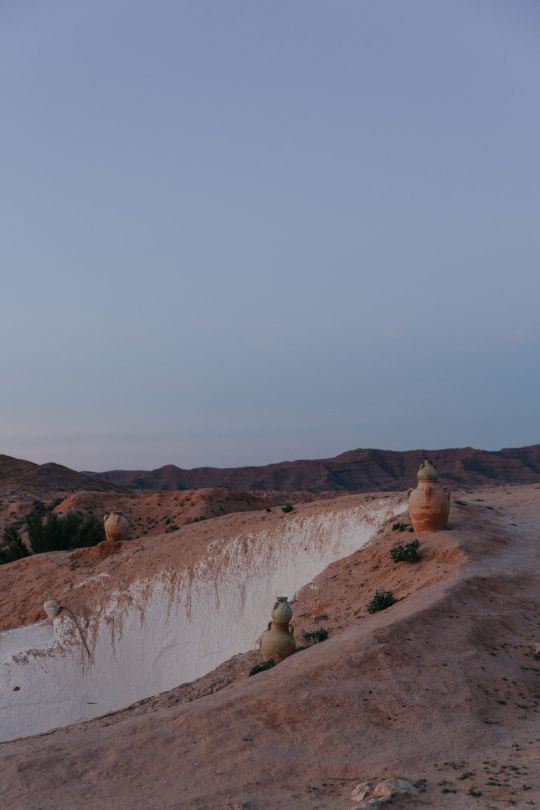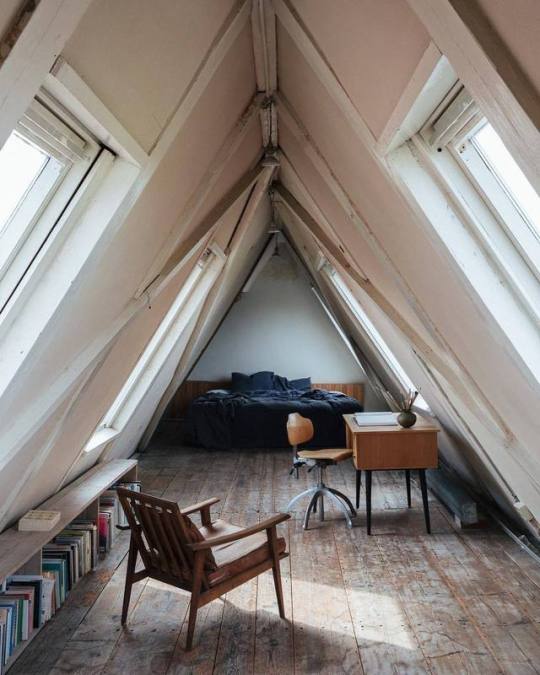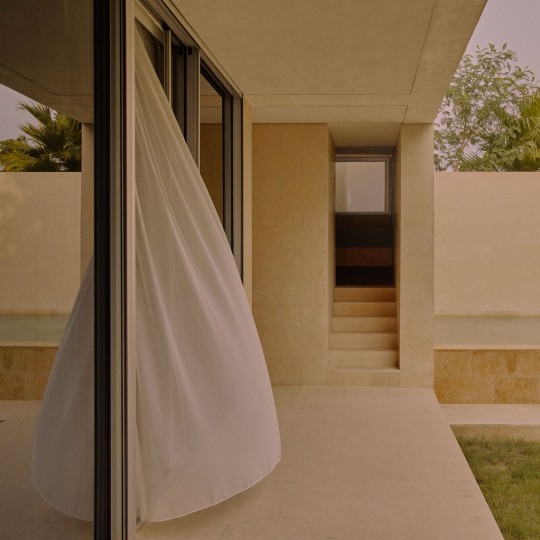#Marina Denisova
Photo
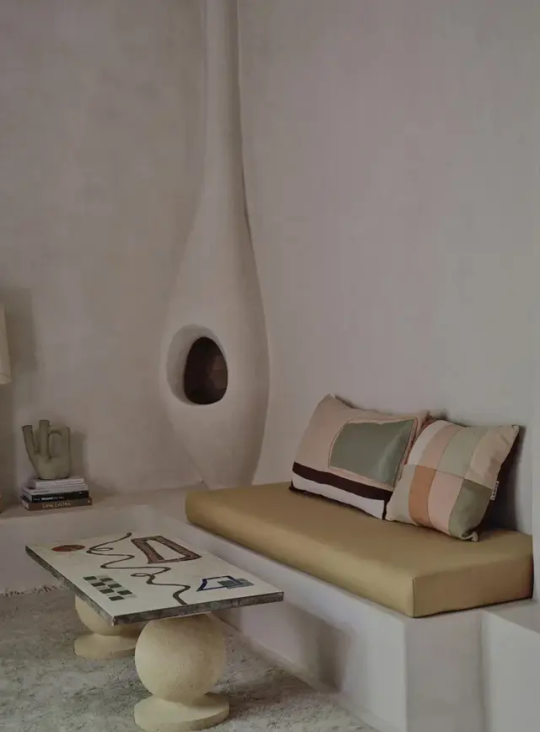
Rosemary hotel in Marrakech via Wallpaper*
Photography Marina Denisova
10 notes
·
View notes
Photo
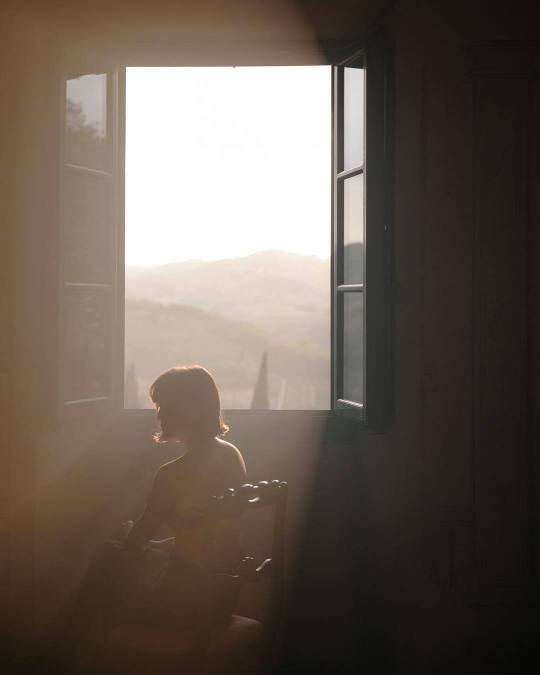
Marina Denisova
67 notes
·
View notes
Photo
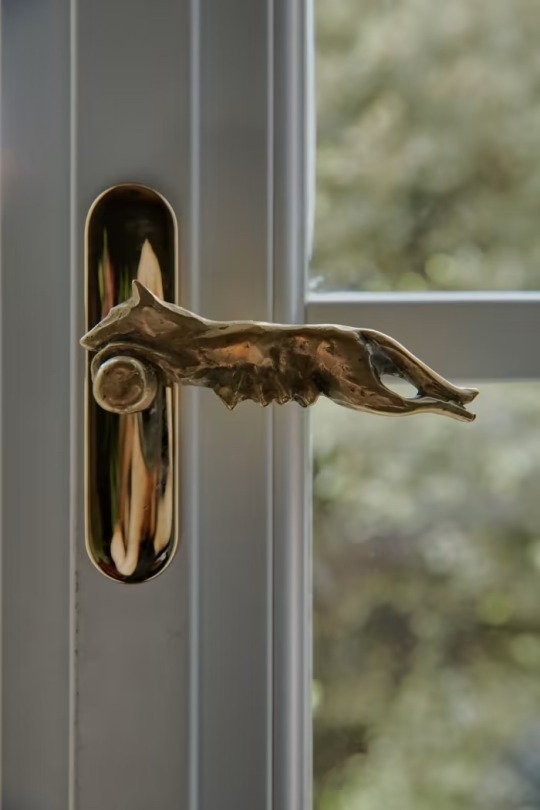
Paolo Canevari | © Marina Denisova | Financial Times
14 notes
·
View notes
Text
The Serial Vision Home of Barcelona by Mesura
In the book The Concise Townscape, Gordon Cullen states that “one building standing alone in the countryside is experienced as a work of architecture, but bring half a dozen buildings together, and art other than architecture is made possible. Several things begin to happen grouping, which would be impossible in an isolated building. We may walk through and past buildings, and as a corner is turned, an unsuspected building is suddenly revealed.”
In the Serial Vision Home, a big, wide hallway serves as the leading spine of the space. The house’s walls, which are understood as an integral structure, create a feeling of transition while passing them by, giving each room a distinct character and atmosphere. In this sense, the body of walls of this Barcelona home becomes a metaphor for Cullen’s group of buildings.
Transitioning Through Layering: Materiality as a Tool to Create Intuitive Spaces
As human beings, we are heavily influenced by the atmospheres surrounding us, effortlessly shaping our perceptions and changing our attitudes depending on the space we inhabit. In the Serial Vision Home, materiality assumes a leading role to help meet these premises and cover two primordial functions: setting the house’s mood and making every space intuitively identifiable. A soothing colour palette takes over the walls, ceilings, and floors to make these purposes palpable. This combination of tones creates a natural and pleasant environment; a sense of calmness reigns the space.
The walls are coated with natural mortar using an aerated lime base, changing colour depending on the light, and off-white paint in the brightest rooms. Floors are set up in wood, and in certain areas such as bathrooms, they are built in stone. These combinations of materiality, light and colour alter as the user walks from one end to another, shaping different experiences while transitioning through the wall-layering of the Serial Vision Home.
A Matter of Perspective: Distribution in the Serial Vision Home
The Serial Vision Home is defined by a long, wide corridor that functions as the vertebral axis to transition via the house. With multiple rooms opening on both sides, this space is conceptually cut in half to distinguish two main areas: day and night. The first one turns to one of Barcelona’s liveliest streets, which keeps it alive from dawn to dark. In this first half, we find the living room, the dining room, the kitchen, an open library, a multipurpose room, and a restroom. When transitioning to the night area, the spine hits its thinnest spot right in the centre, opening up again to unfold into a big, peaceful park. The master bedroom and bathroom, the studio, the playroom, and an additional bedroom and bathroom make up this second half of the construction.
The house uses the large hallway’s depth to accentuate the compartmentation between areas. In the first half, areas such as the living and dining room come across as active for their brightness and, from this point on to the night area, spaces change in colour one after the other to help understand their role. Again, with the help of light, materiality and colour palette, the user can oversee the mood alterations throughout the Serial Vision Home.
Connection Between Spaces: Walls as a Tool for Gathering and Intertwining
Each area in the Serial Vision Home is created to adapt to the users’ needs, natures, and lives. The day zone, in particular, is organized in four independent spaces (the living and dining room, library, and kitchen) and has been designed so that their traditional functions are now inherently connected. The result is a diaphanous area for the users to develop everyday life, leaving enough space to wander around.
This feeling is accomplished by an effort to open these formerly closed-up spaces; all master doors have been removed, and only two walls have been preserved, so a physical and dynamic visual connection is formed when walking through them.
All images by Marina Denisova
Courtesy of Mesura
3 notes
·
View notes
Photo

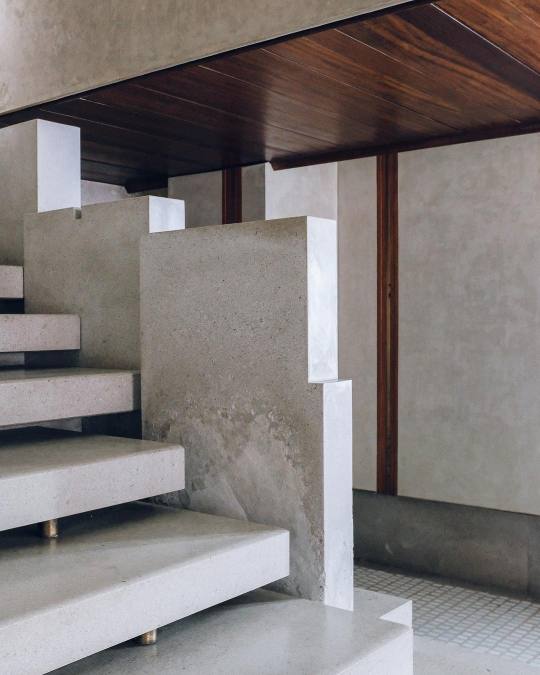
Marina Denisova. Olivetti showroom, Carlo Scarpa. Venice
14 notes
·
View notes
Photo

Oxaca, Mexico (from the pocoapoco residence) - by Marina Denisova for Open House Magazine.
#oxaca#mexico#pocoapoco#marina denisova#open house magazine#pocoapoco residence#landscape#cityview#pink#myuploads
8 notes
·
View notes
Photo
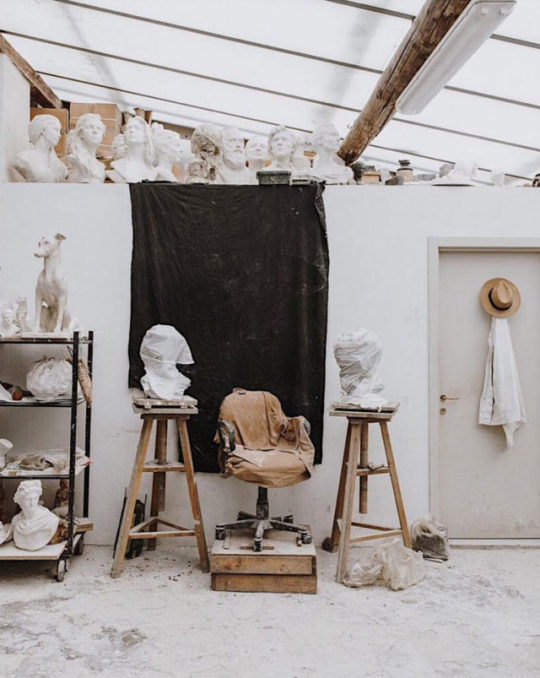
Marina Denisova
#sculpture#sculptor#marina denisova#bust#plaster#studio#art#art studio#sabonhome#interiors#interior design#artist#sculpted
415 notes
·
View notes





